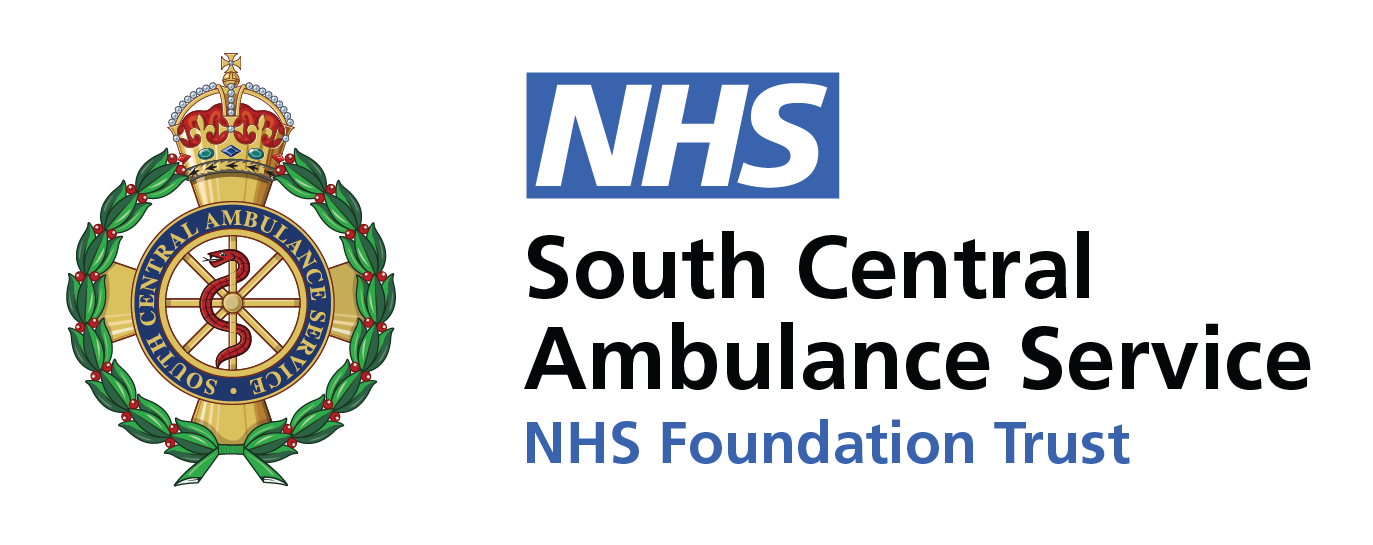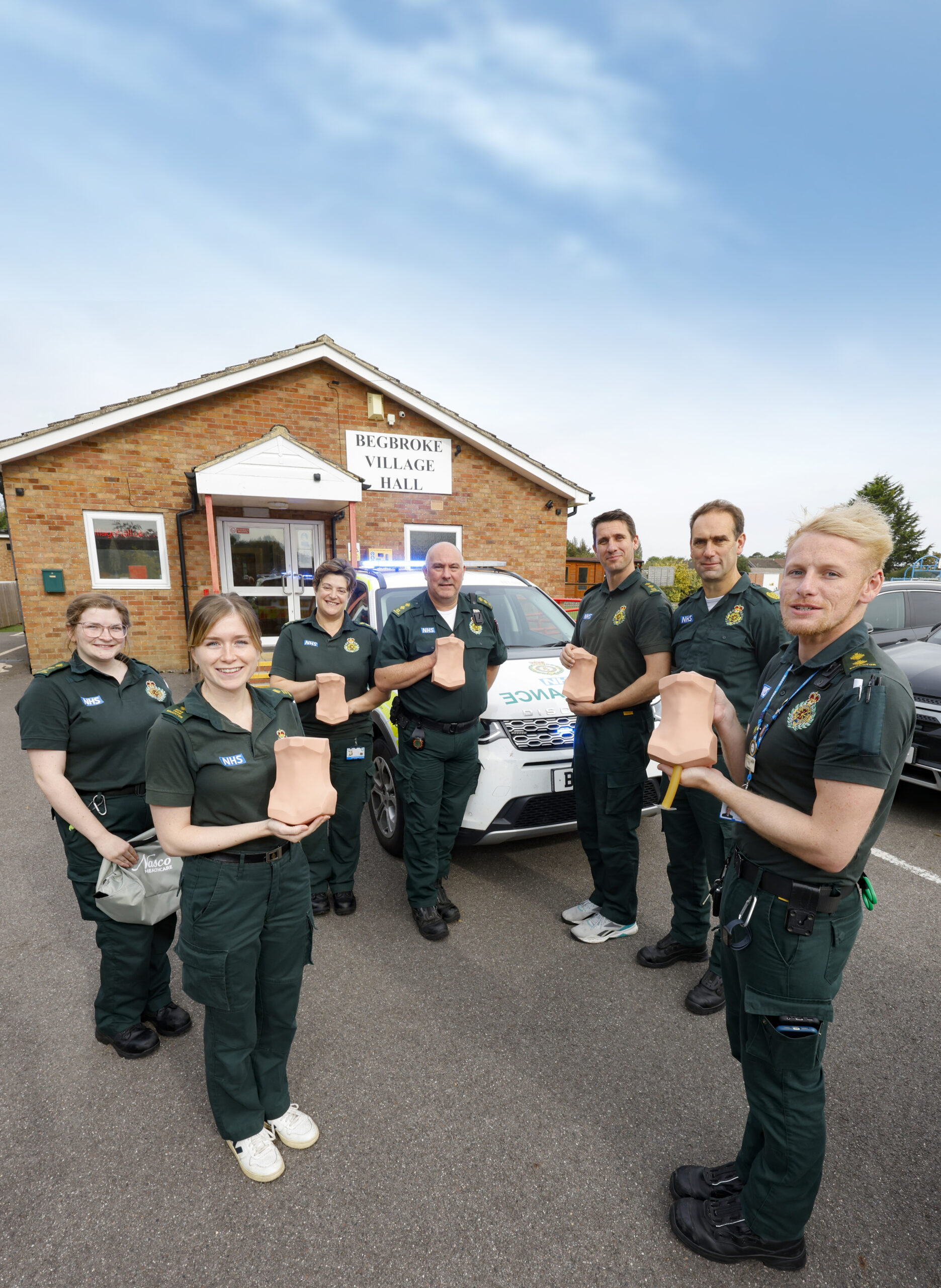Oxfordshire paramedics grateful for generous donation
South Central Ambulance Service NHS Foundation Trust (SCAS) has received a generous donation from Annington, the company responsible for refurbishing ex-MOD homes at Lamborough Fields in Abingdon, Oxfordshire, enabling the clinical team educator paramedics based at Oxford City Resource Centre to purchase new training equipment.
The clinical team educators received a generous donation from Annington of nearly £400 which allowed them to buy a Simulation Cricothyrotomy Trainer which will help paramedics in Oxfordshire practice vital, lifesaving techniques. As well as long-standing staff based at Oxford City, the resource centre also sees a steady stream of newly qualified paramedics and paramedic students on placement from the nearby Oxford Brookes University.
Angus McCulloch, clinical team educator at Oxford City Resource Centre, said: “With our work always on the go, it can be tricky to find the time, space and resources for us to practice certain procedures and help build the confidence of our staff. The purchase of new training equipment has provided us with the best set-up for the training of both new and long-standing staff, which in turn allows us to put our best foot forward to help our local communities. We are very grateful to Annington for their generous donation and can’t thank them enough for their support.”
Stacy Whitehead, marketing manager at Annington, said: “At Annington we always strive to support our local communities, and are always looking for ways to help boost services in the local area. South Central Ambulance Service does absolutely outstanding work not just helping those in need, but also in training the next generation of key workers, and we are so pleased to be able to support the fantastic service they provide to Abingdon and further afield.”
A cricothyrotomy (also called cricothyroidotomy) is an incision made through the skin and cricothyroid membrane in the front of a patient’s neck to establish an airway during certain life-threatening situations, such as airway obstruction by a foreign body or massive facial trauma. Paramedics may not see a patient requiring such a procedure for many months, or even years, at a time so the ability to practice the technique through regular simulation training helps ensures they maintain the skills and confidence required to carry it out when needed.

